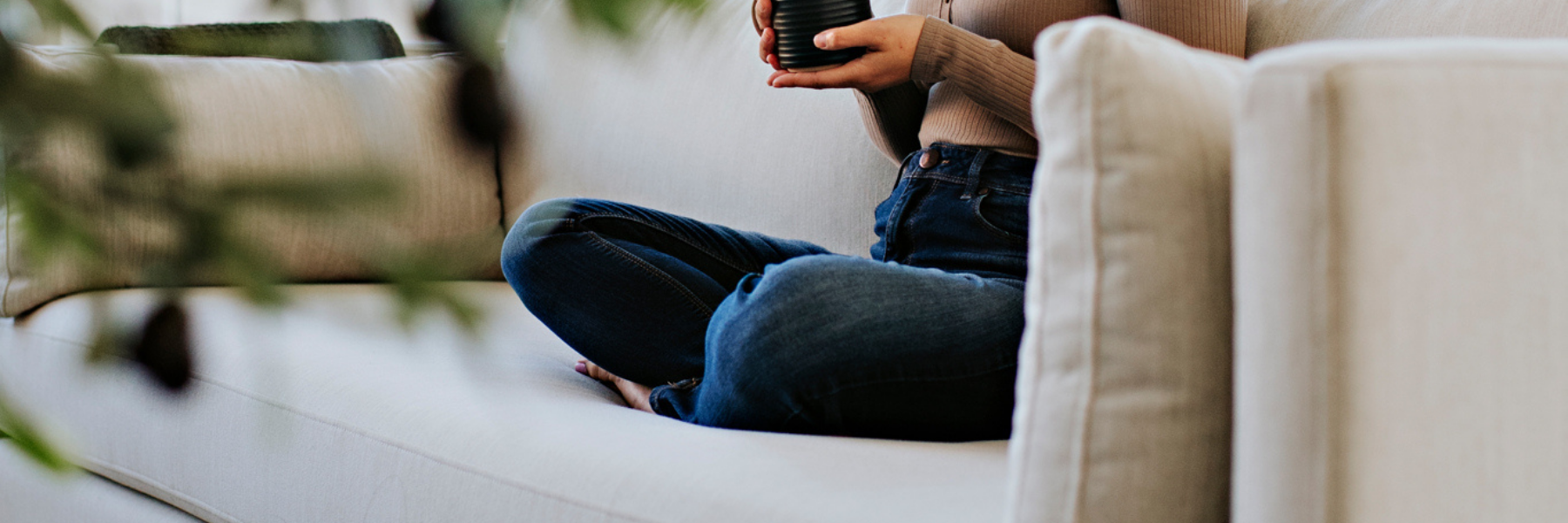Memory-Return Swivel Chairs – Always Home
Discover everything you need to know about memory-return swivel mechanisms for swivel chairs. Learn how they work, their benefits, and why they’re a must-have in modern seating design.
When it comes to custom furniture, comfort is never one-size-fits-all. From foam density and construction methods to design and ergonomics, several key factors influence how a piece feels when you sit down. At Vogel, we believe true comfort starts from the inside out—and we’re breaking down everything you need to know:
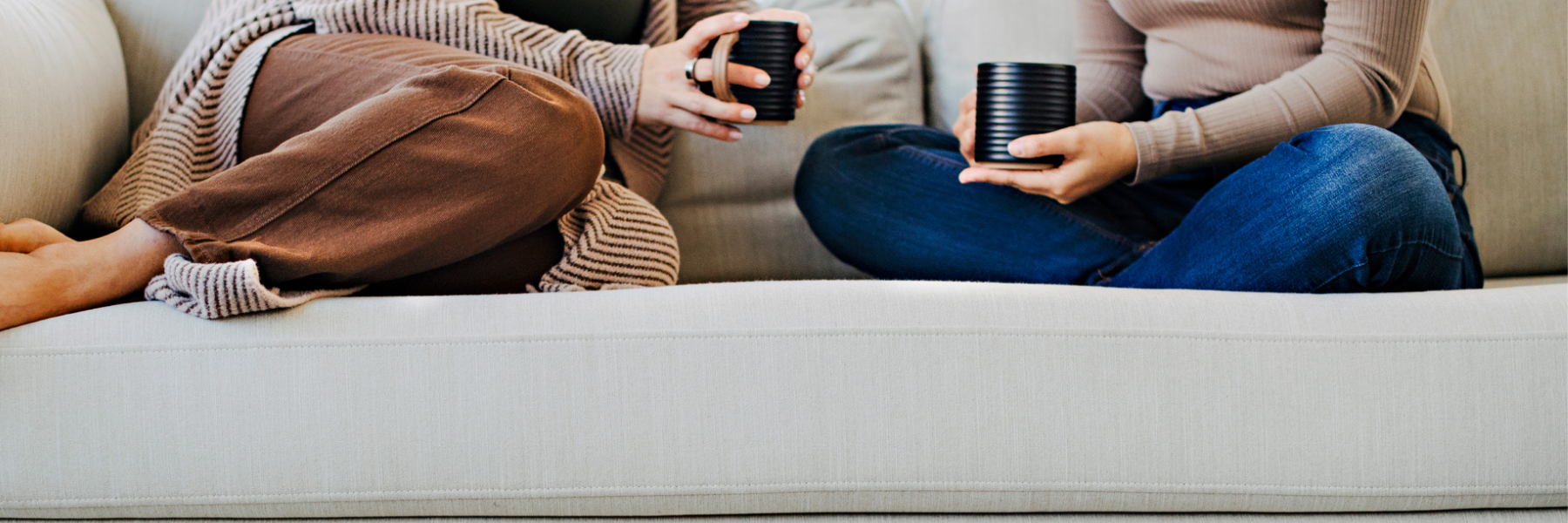
Foam density plays a major role in how your furniture feels—and how long it lasts. Measured in pounds per cubic foot, foam density indicates how much material is packed into the cushion. While the industry average sits around 1.8lb density, Vogel uses a minimum 2.5lb density Qualux High-Resilience foam in every seat cushion we make.
Why does that matter? A higher-density foam:
At Vogel, you can also customize your comfort level by selecting between Soft, Standard, Firm, or Ultra-Lux—each one crafted using the same high-density foam, but with different compression ratings for varied support and feel.
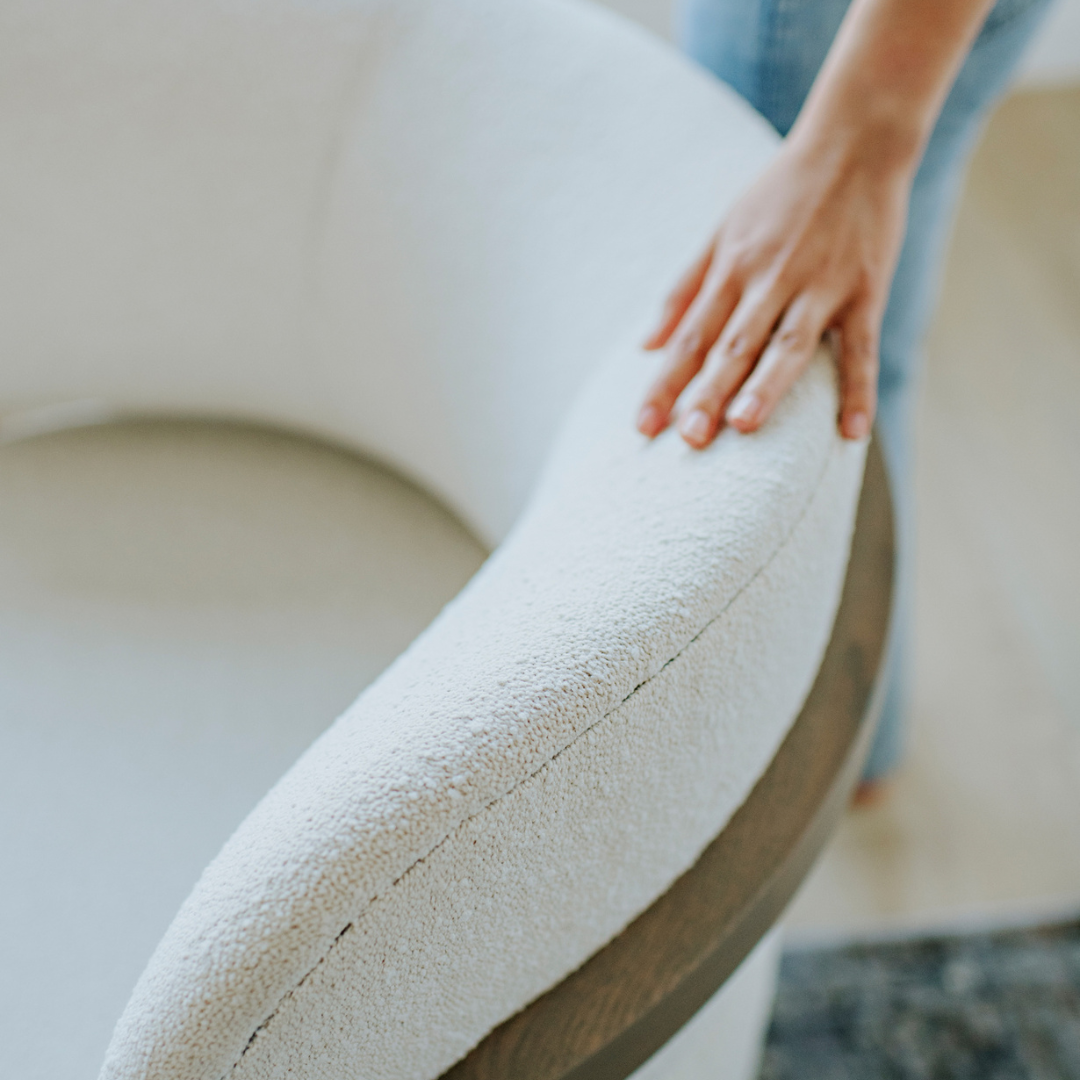
Not all cushions are created equal. The way foam is layered and constructed impacts everything from softness to resilience. At Vogel, our standard cushion construction includes:
These layers work together to create a cushion that is both supportive and comfortable, while offering excellent shape retention. Our Ultra-Lux cushion upgrade adds a feather envelope around the core for a soft, sink-in feel that still delivers reliable support.
This tailored construction allows us to fine-tune your seating experience while preserving the integrity of your cushion for years to come.
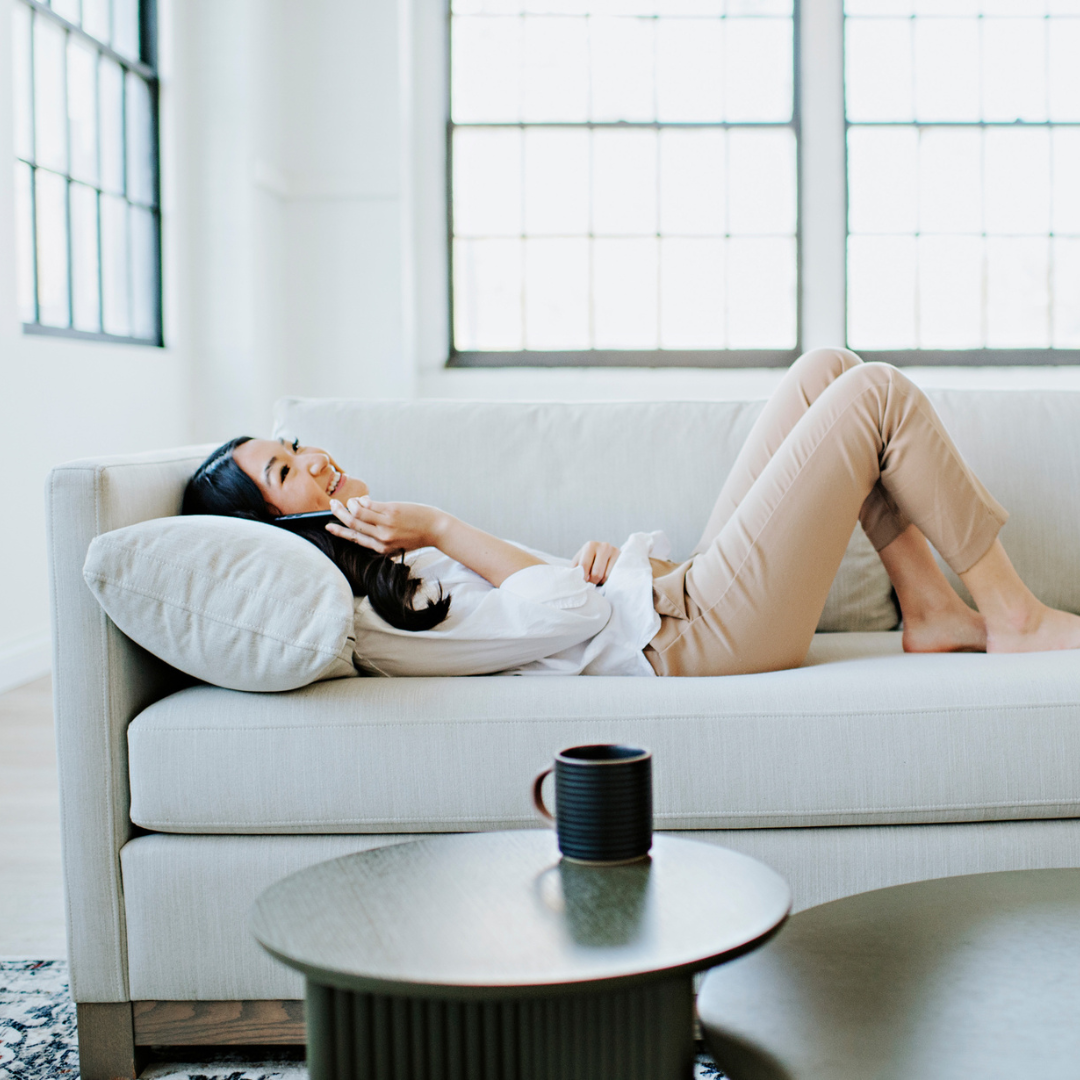
Foam alone doesn’t guarantee comfort—how it’s applied matters too. Design elements like seat depth, back angle, arm height, and cushion type (loose vs. tight) all contribute to the feel of a piece. For example:
At Vogel, our designers and craftspeople work together to ensure that the foam placement and overall construction align with the intended use and comfort goals of each piece. Whether you’re designing for formal entertaining or cozy evenings in, we build with purpose—and with your preferences in mind.
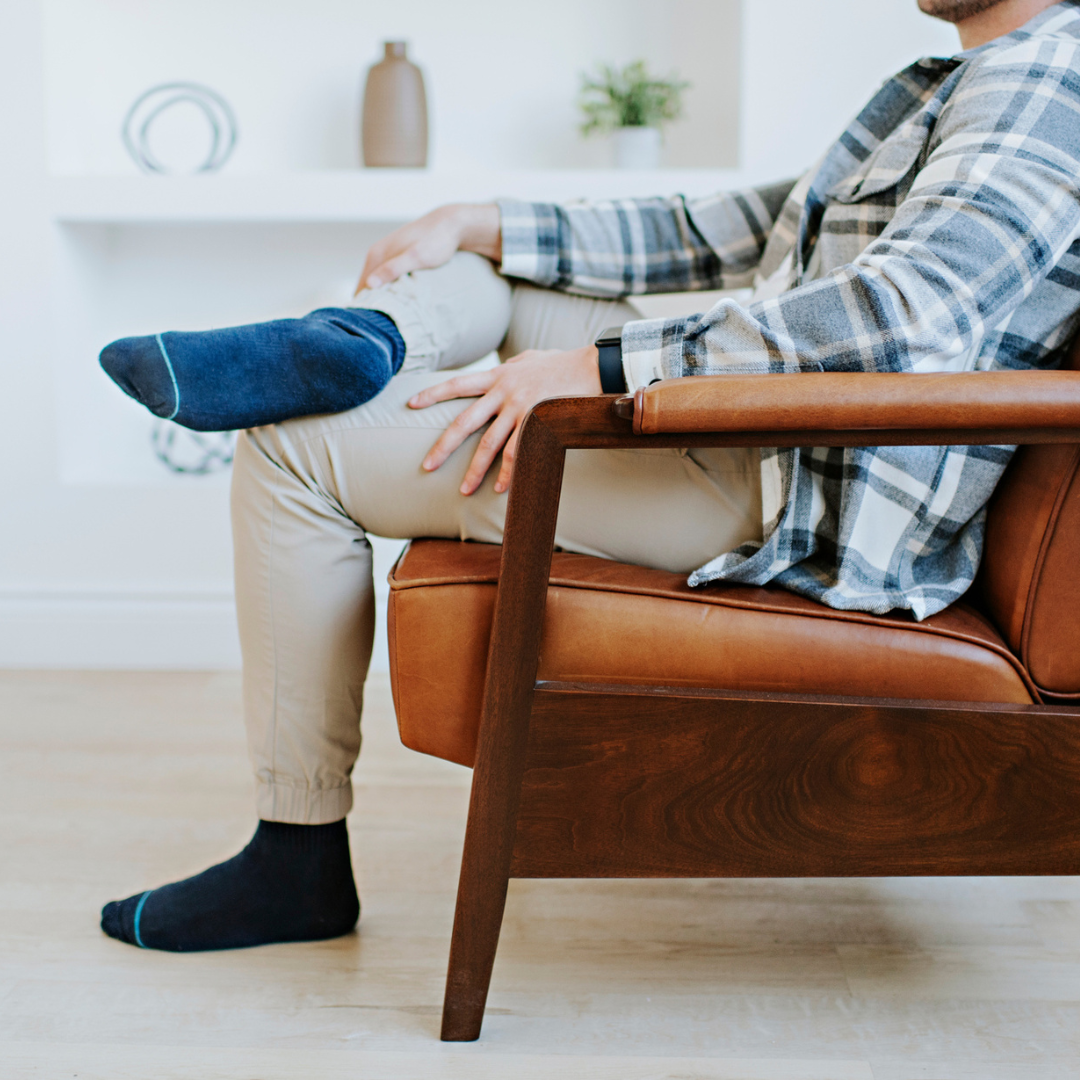
We recommend a minimum of 2.5lb density for durability and support, which is standard in all Vogel seat cushions.
Learn more about Vogel’s cushion construction.
Both matter. High-quality foam provides comfort and durability, while the design ensures that the foam is used in a way that supports the body properly.
Learn more about Foams for Different Types of Furniture.
Yes! For all Vogel loose cushions, you can choose from Soft, Standard, Firm, or upgrade to Ultra-Lux for a feather-soft seating experience.
Your comfort is our craft. At Vogel, we don’t just build beautiful furniture—we tailor every piece to your comfort preferences, using premium materials and thoughtful construction that stands the test of time.
